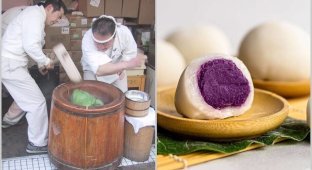Wabi-sabi - the beauty of wretchedness and loneliness (7 photos)
Do you know what the Japanese aesthetics of wabi-sabi is? Perhaps my favorite is the aesthetic of the beauty of something completely imperfect, in the sense of “spoiled” or “unfinished.” Not just modest simplicity, but precisely incorrect, unfinished simplicity. 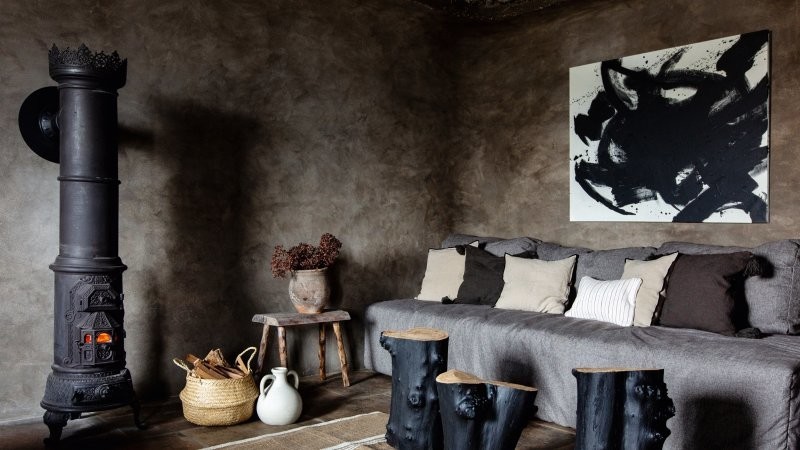
For the Japanese, this, of course, is something much more, it is a whole conceptual vision, and many are simply unable to convey it in words to foreigners. This is a certain feeling of “beauty and irregularity”.
Two Types of Japanese Beauty
Many people associate Japan with another of its aesthetics – Shibuya. This is such strict restraint and weathered lines, remember Japanese dishes, trimmed gardens and rock gardens, they are ideal and flawless at times on a level unattainable for a European. 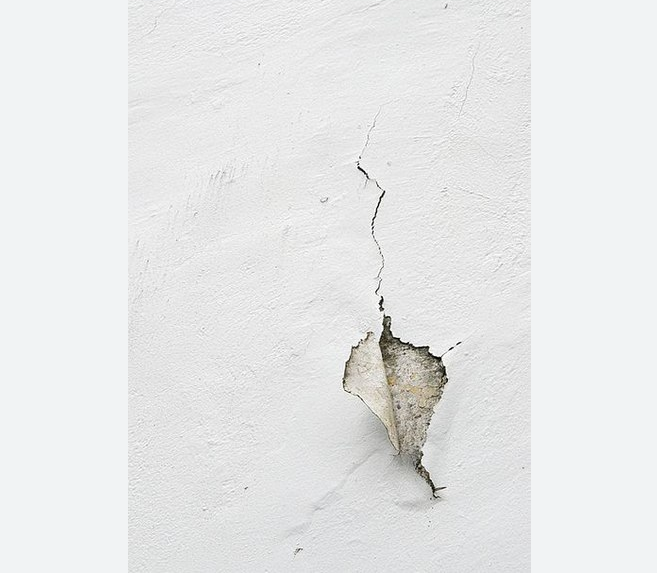
Wabi sabi or is the wall just asking for repairs?
But wabi-sabi was just born as an emotional response or protest to this infallible ideality. After all, wrong things also have the right to live.
The word "wabi" comes from the verb "wabu" and the adjective "wabishiri", wabu means to be miserable, to exist miserable. For example, when an official was expelled from life at court, he was “wabi” in the provinces, that is, he languished away from the beauty of the palace in a simple life. At the same time admiring this simple life, rivers and old bridges. 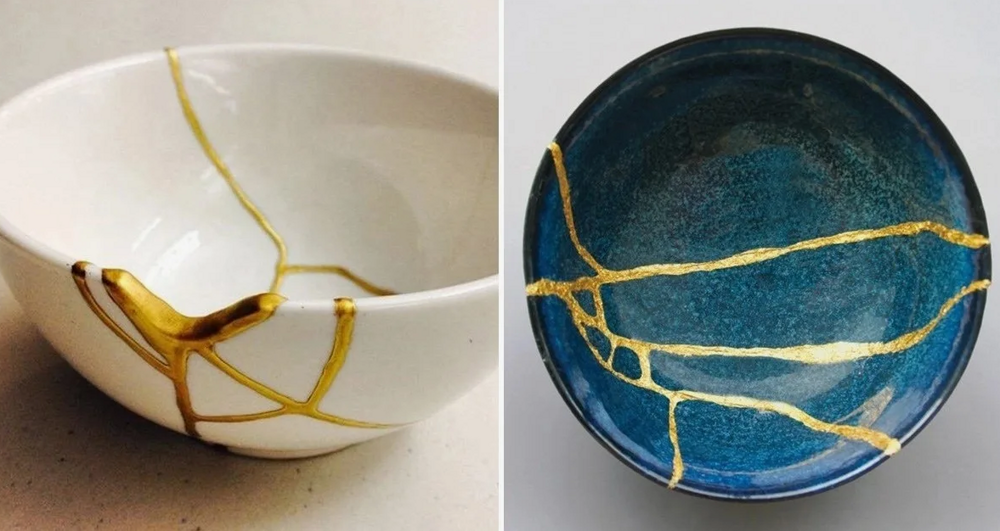
This is the art of making imperfectly beautiful - kintsugi
That is, to simultaneously rejoice and at the same time languish and suffer.
Poor tea 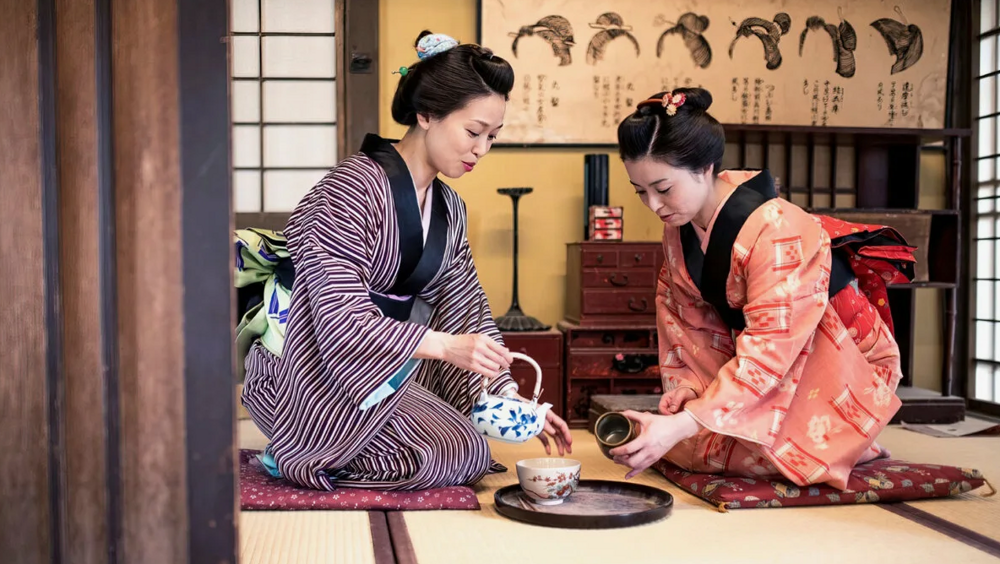
Tea drinking in an expensive room with service from a famous master
Even in tea drinking culture, the Japanese are divided into two aesthetics. Strictly expensive “pretentious tea drinking”, to which officials and military leaders became addicted, purchasing expensive tables and tea sets for millions. Tea rooms were decorated with great works of art to enhance the enjoyment of beauty.
And “wabi” tea drinking, where you value the aroma and depth of taste more than the decor of the tea house. Such tea drinking was nicknamed “wabi-cha”, that is, pathetic tea, wretched tea. 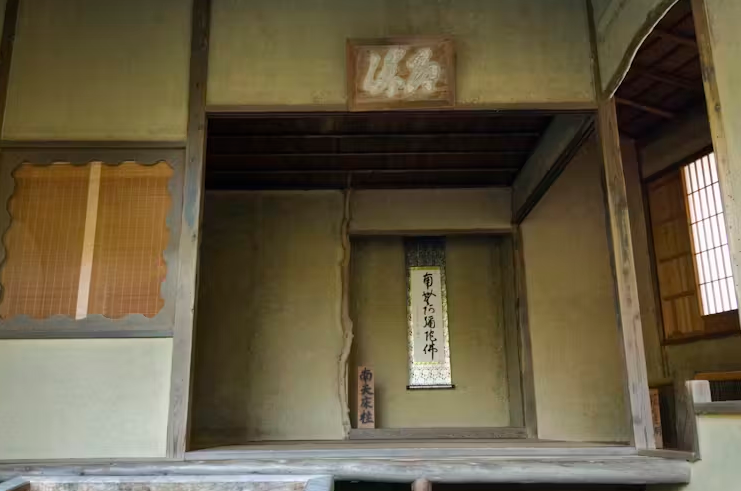
The most simple tea room-box for wabu-sabu tea
There you drink the rich couscous in the simplest possible setting from an old cup, so that nothing distracts you from the richness of the aroma.
Hence the fashion for old sealed cups with patina, or clay cups with chips, in which they found a special aesthetics.
The pinnacle of wabi tea drinking is the raku-style renovation, where the bowls are made on the potter's wheel to be as unique and imperfect as possible. 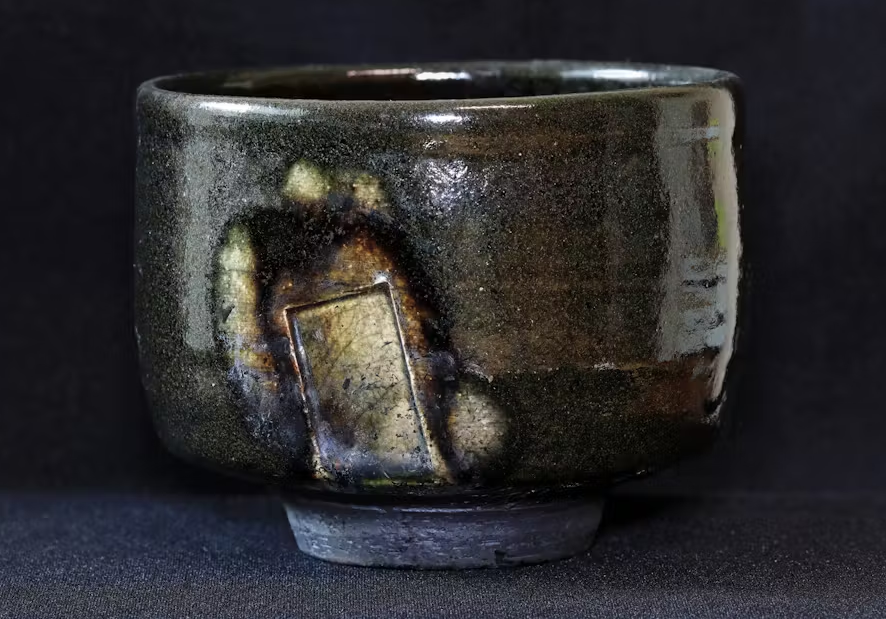
Imperfect patina sealed tea cup
The second word is loneliness
The word “wabi” is clear, but sabi also comes from the verb “sabu” - to rust, to be lonely (it’s interesting how the Japanese have these two meanings so close in one word, right?).
But this loneliness is not from social isolation, but existential.
That is, it turns out that wabi-sabi is a deviation from perfection, completeness, because the main beauty is hidden in incompleteness. 
It seems sad, but it seems so good












